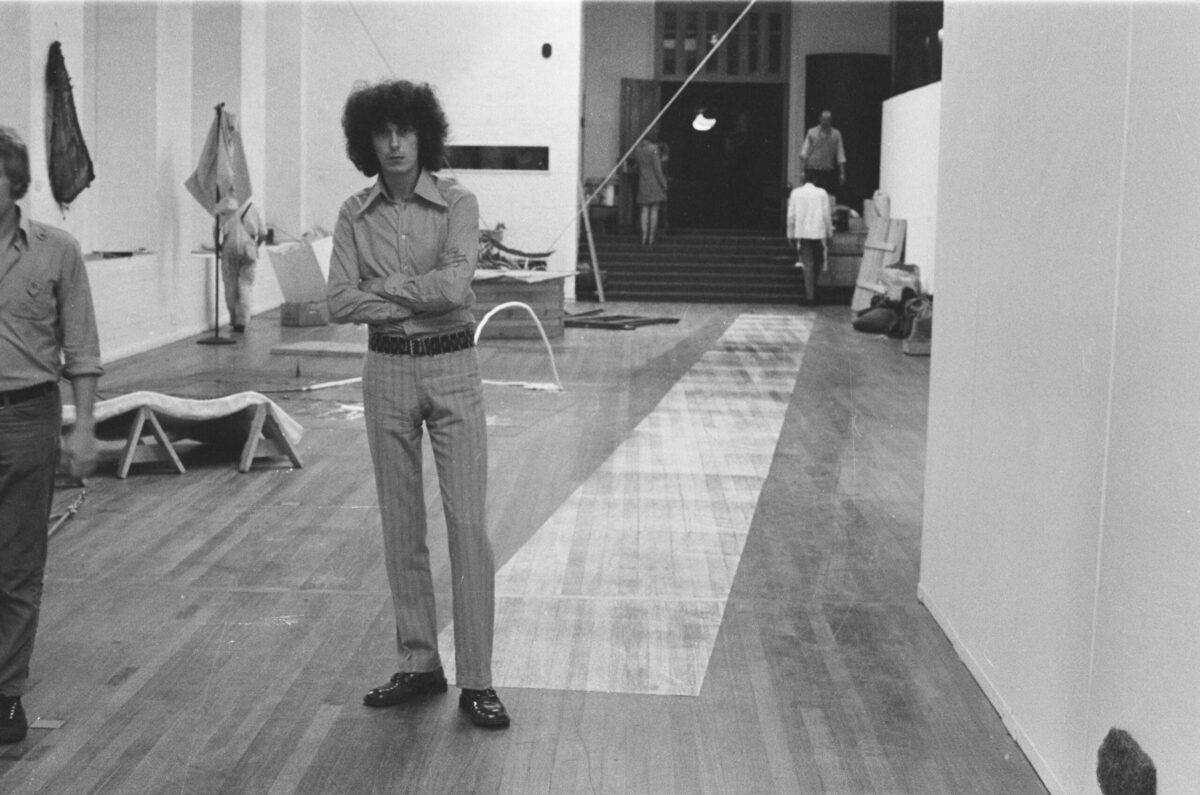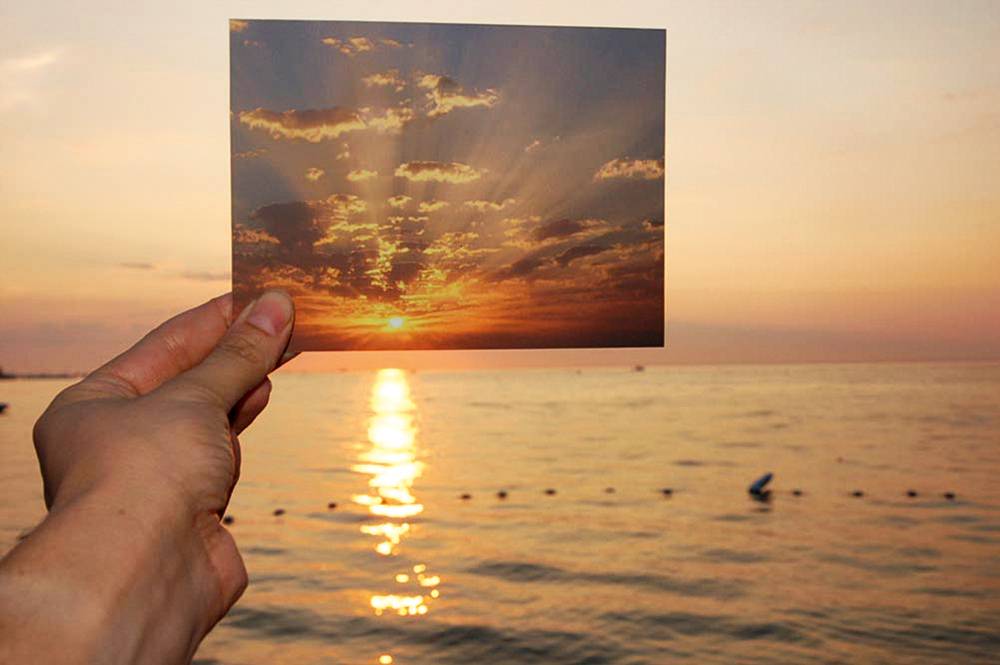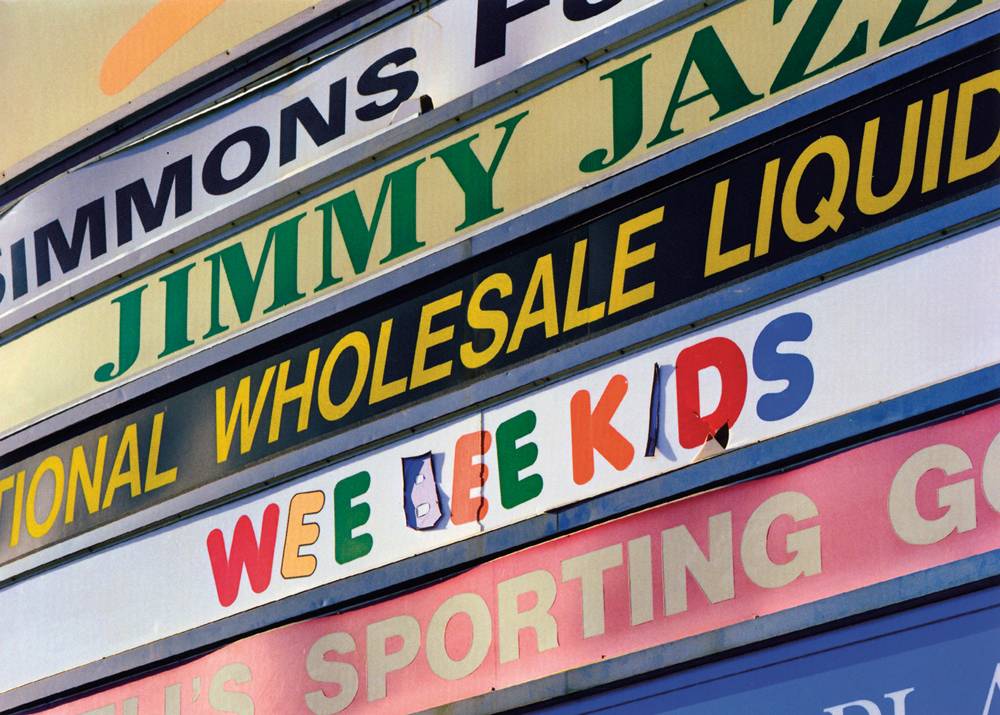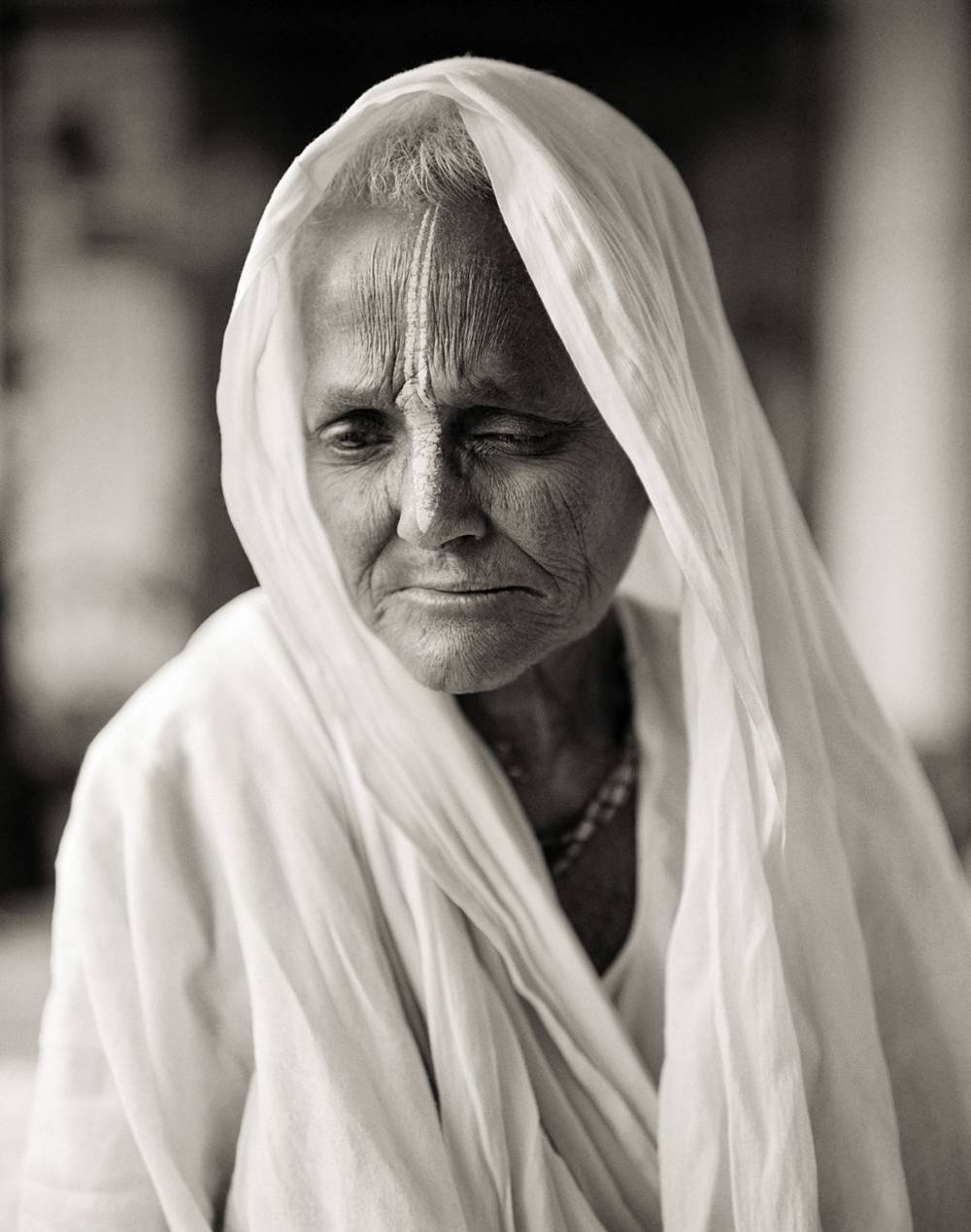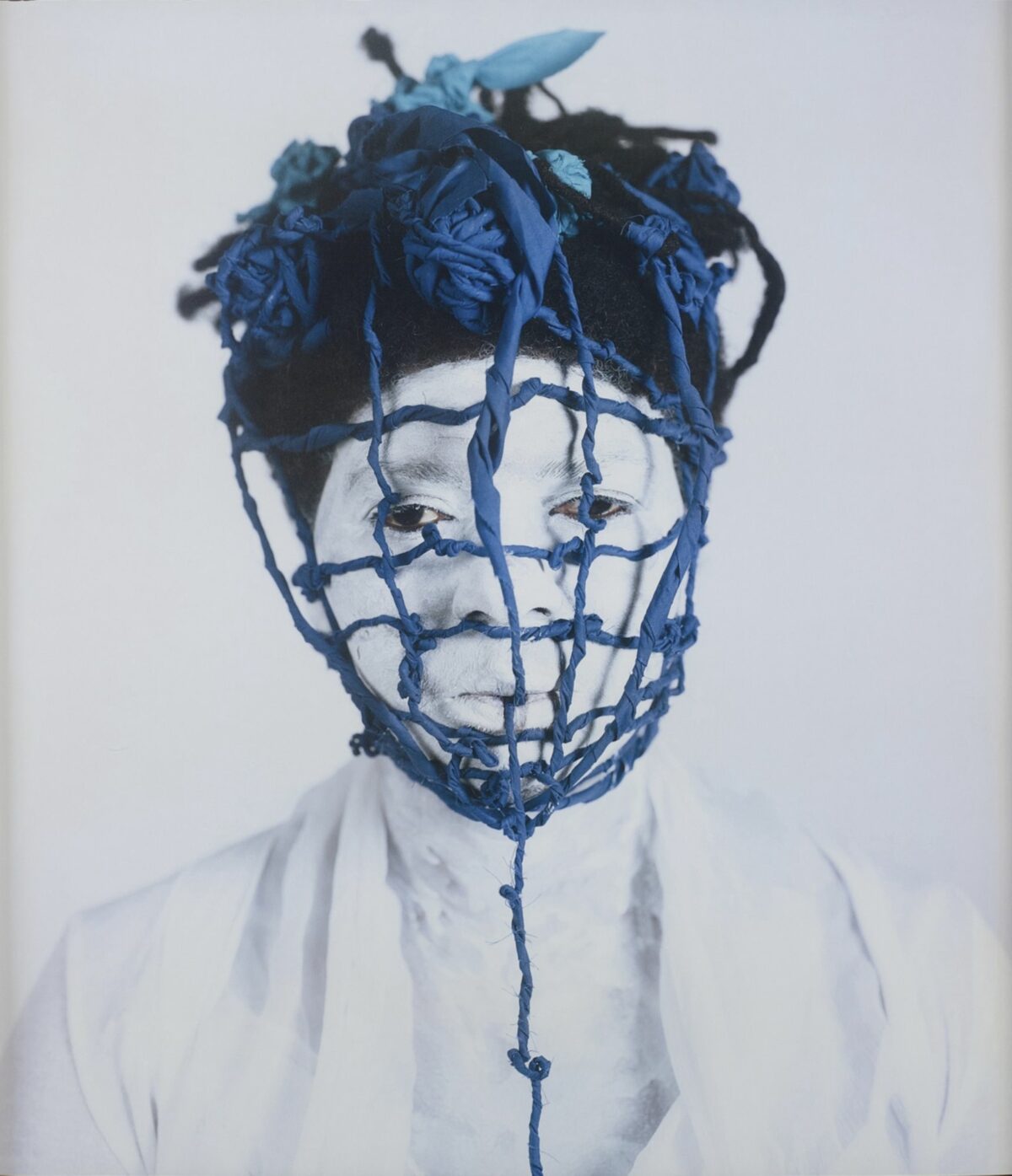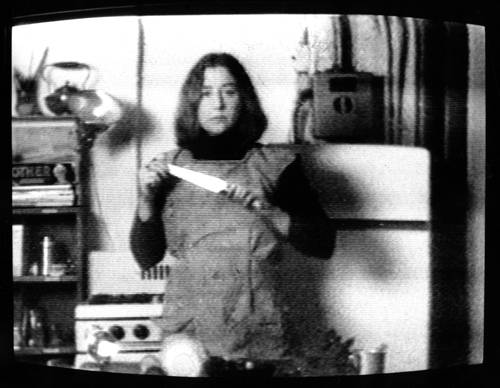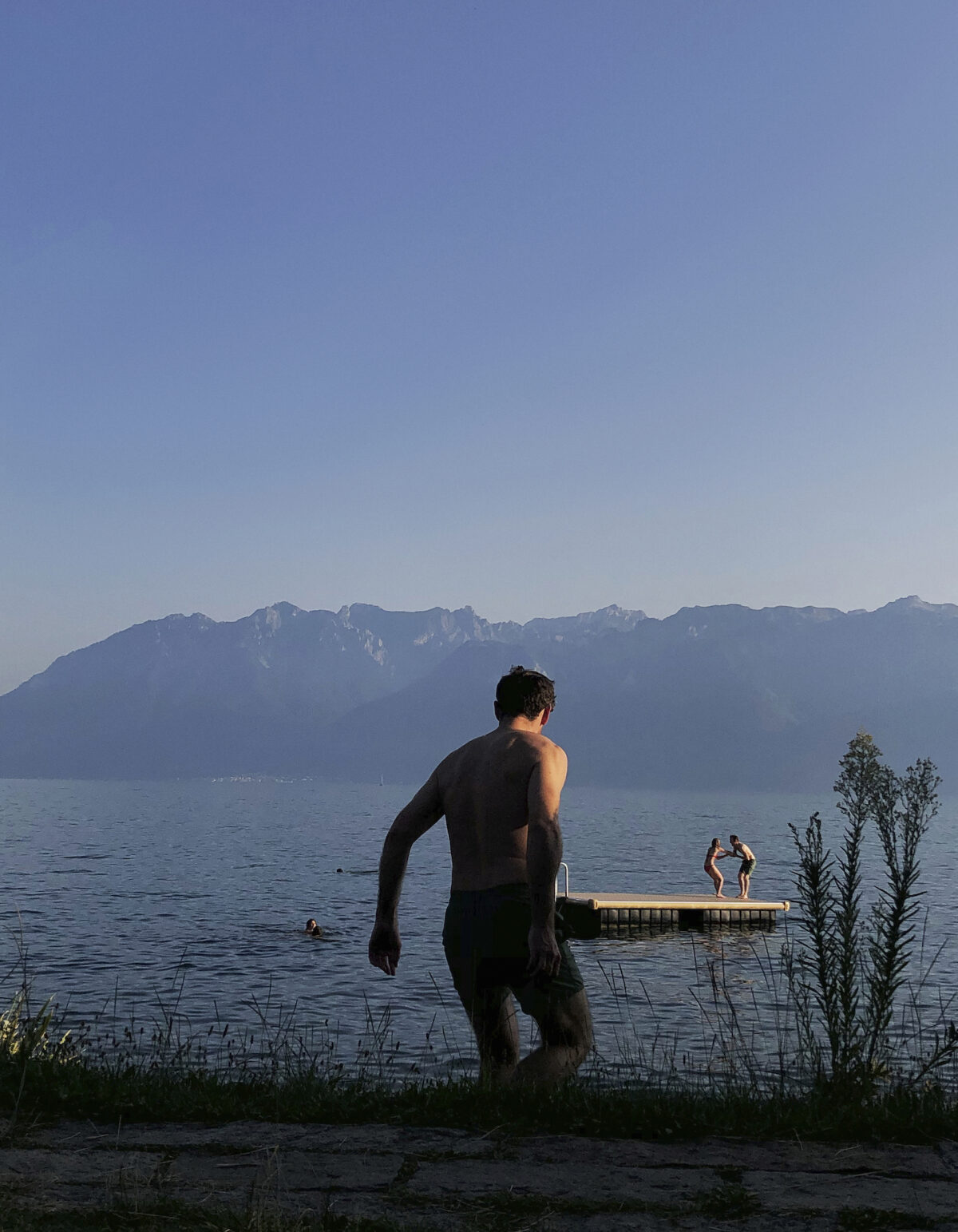Photography was born just before the world began to move fast, as if human beings knew they were going to need a way for their memories to keep up. But photography at first couldn’t keep up. Its slow emulsions and lenses couldn’t even render foot traffic on a Paris street, much less bicyclists or galloping horses or locomotives. The race was on to capture speed, the dark gift that thrills the millions, as novelist Don DeLillo described it. Eadweard Muybridge caught up with horses, Jacques-Henri Lartigue with everything else that moved, from women’s skirts to racing cars. Harold Edgerton captured a golf ball at the moment of impact and C.T.R. Wilson an alpha particle in a cloud chamber. A funny thing happens when the camera’s eye clicks fast enough to hold open the instants that time itself would normally seal up. Look at Paolo Pellizzari’s panoramic summer picture of riders in the Tour de France, on view in his exhibition at Anastasia Photo on the Lower East Side through August 31. (The gallery supports nonprofit organizations, and this exhibition is presented in association with the International News Safety Institute.) You see a square in Saint-Macaire populated by statues! It’s like another world, when speed evaporates, leaving frozen gestures. We can see things we would never see otherwise, or we notice what might have passed in a flash and barely registered—the pattern of pink formed by an entire team of riders crossing the square—in this case from Mercatone Uno—the vertical effort of horizontal motion, the onlookers in the town square. How many of them were just passing by and probably annoyed that their trip to the boulangerie was interrupted yet again by those fellows in half tights. (In the vacuum when time stops, we inevitably fill the gap with speculation and stories). To be able to stop time is godlike, but it depends on events outside the photographer’s control. Pellizzari perched himself one floor above the square and waited. The light was gray, the riders were all strung out, the large panoramic camera had to be rewound with every shot, but as Pellizzari puts it, when by accident it all works out you get something iconic. There’s the clue to the power of photography, its ability to transform ordinary reality into an icon, a structure of contemplation, an idea of something that exists outside of its particulars. Felicia Anastasia, who founded the gallery, seeks just this kind of image among the work of the photojournalists she represents—“beautifully composed images that carry an insight into human reality,” she says. Images that, in spite of the speed they capture, force us to slow down and reflect on what is typical and unchanging. When the camera overtakes time, that’s when we glimpse eternity, even in the middle of a summer bicycle race.




